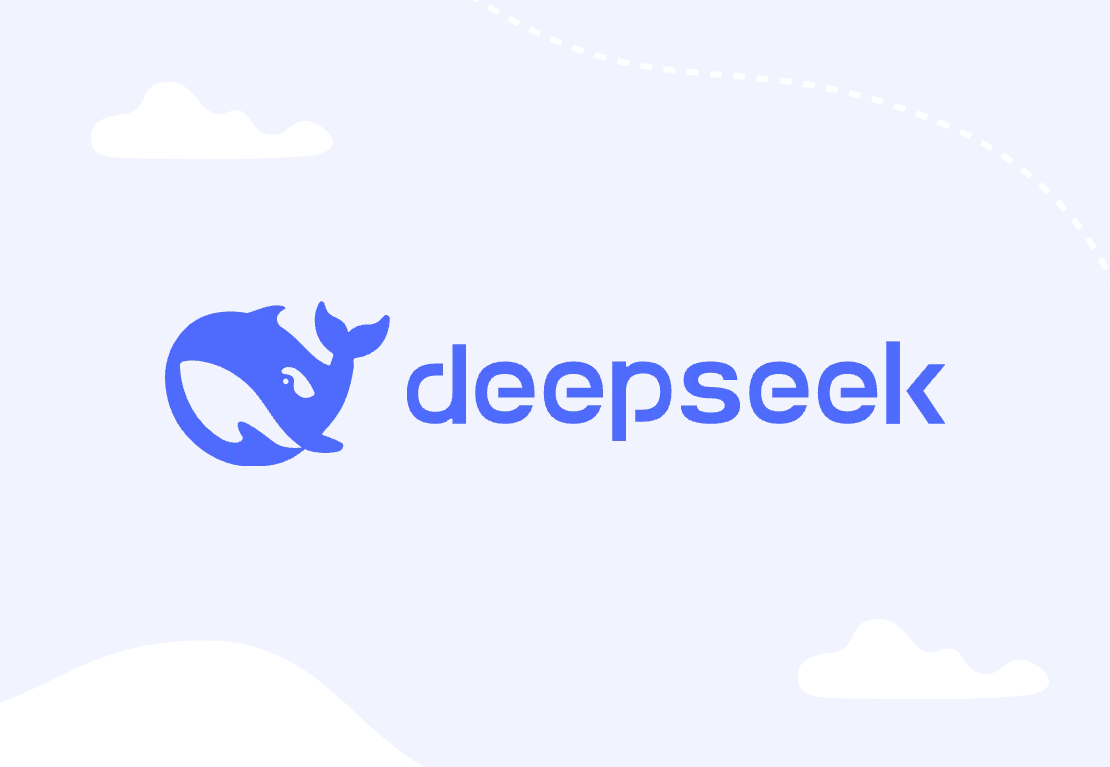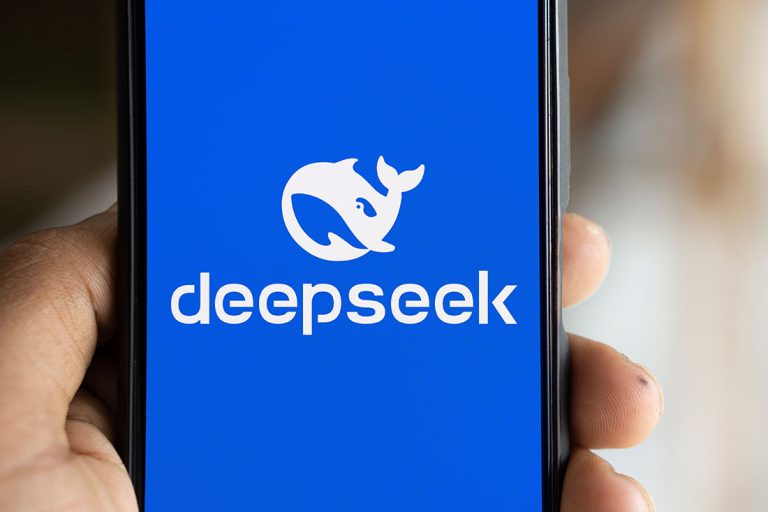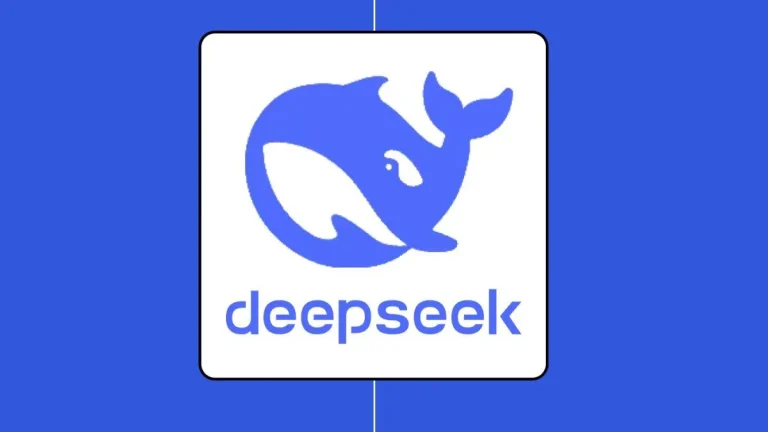Communication platforms are the lifeblood of team collaboration and customer interaction. Integrating DeepSeek with Slack, Discord, or WhatsApp can turn these chat applications into intelligent assistants – summarizing discussions, answering questions, and automating support. Let’s explore how to deploy DeepSeek as a chatbot, use it for summarization, and build AI-driven support channels.
Turning DeepSeek into a Smart Chatbot (Slack & Discord)
Slack Integration: Slack is ubiquitous in workplaces, and a DeepSeek-powered Slack bot can save users time by providing information on request or automating certain conversations. For example, you can create a Slack slash command like /askAI that passes the query to DeepSeek and returns the answer in channel. Imagine typing /askAI How do I deploy a DeepSeek model on AWS? in your engineering Slack – the bot could reply with a concise answer or even a step-by-step guide if the info is in its knowledge. Setting this up can be done via Slack’s API and a serverless function calling DeepSeek’s API.
The good news is that integration platforms have made it easier: n8n provides a ready integration for DeepSeek Chat Model and Slack, and similarly Zapier/Pipedream have templates to connect Slack to any AI. In practice, the workflow is: Slack event (like a command or mention) -> DeepSeek API (with the prompt) -> Slack bot responds with DeepSeek’s answer. Many companies already did this with OpenAI models; switching to DeepSeek can cut costs and allow on-prem deployment if needed.
Persistent Chatbot Behavior: You might want the bot to have memory or a certain persona. DeepSeek’s API supports system and context messages (being OpenAI-compatible), so you can program the bot to behave in specific ways (e.g., always answer in a cheerful tone, or only give answers based on a documentation snippet). Slack also allows bots to maintain per-channel or per-thread context (by storing conversation history). This means your DeepSeek bot could handle multi-turn dialogues in Slack naturally, essentially acting like a custom ChatGPT within your workspace. Use cases include an HR bot that answers policy questions to employees, or a DevOps bot that can fetch server status and explain alerts (by integrating with monitoring APIs plus DeepSeek for explanation).
Discord Integration: Discord, popular especially in tech and gaming communities, is similar – you can create a bot user and have it respond to commands or certain keywords. Notably, Geneplore AI, one of the largest Discord bots, integrated DeepSeek v3 and R1 to enhance its capabilities. This demonstrates DeepSeek’s viability at scale (Discord bots may serve millions of users). With DeepSeek, the bot can answer complex questions or engage in casual conversation with a quality comparable to GPT-4, but at presumably lower cost since you can self-host if you want. The Discord community often uses frameworks like discord.py or AI-specific frameworks. One example from the DeepSeek integration list is NoneBot, a framework supporting QQ/WeChat/Discord bots with LLM brains. Using NoneBot or similar, a developer can plug DeepSeek in as the language model that generates bot replies across multiple messaging platforms.
Benefits of AI Chatbots: By deploying DeepSeek in Slack/Discord, you effectively give your team or community a 24/7 assistant. It can: answer FAQs (reducing repetitive questions to humans), provide onboarding info (new team members can ask “how do I request PTO?” and get an immediate answer from the bot), or even generate content on the fly (like a poll, a decision matrix, a code snippet, etc., upon request). Because Slack and Discord are real-time, the speed of DeepSeek’s responses (which are typically fast, especially self-hosted with GPU) is important. DeepSeek has been noted to provide impressively accurate and fast outputs in multi-turn conversations, which suits the quick Q&A style of chat platforms.
Real Implementation Example: Let’s say you run a Discord for a software product. You integrate DeepSeek so that users can ask the bot support questions. A user asks, “Bot, how do I reset my password?” The bot (powered by DeepSeek) answers with the steps. If the question is very specific (not in its training), you could enhance it with Retrieval (providing relevant docs from your knowledge base as context). But even out-of-the-box, DeepSeek’s training likely contains general knowledge to handle many questions. Over time, you could fine-tune DeepSeek on your community Q&A logs to get even better responses (since it’s open-source and fine-tunable). The end result: faster answers for users and reduced load on human moderators.
Auto-Summarize Long Threads & Meetings
Long chat threads or meetings can contain valuable decisions and information, but not everyone has time to read through them. DeepSeek can automatically summarize these, keeping everyone in the loop with minimal effort:
- Slack Thread Summaries: Slack threads can become very lengthy (dozens of replies). Integrating DeepSeek, you could have a trigger phrase or emoji (e.g., someone reacts with 📖 to the starting message) that causes a summary to be posted. The summary would capture the main question and the key points or conclusions of the thread. For example: “Thread Summary: The team discussed issue #123. Root cause was identified as a misconfigured API endpoint. Jane will fix the config, and Tom will write a unit test. ETA for resolution: end of day.” This snippet can be generated by feeding the thread messages to DeepSeek with a prompt to summarize. There are already Slack apps and bots that do this with GPT; using DeepSeek is just a matter of pointing those integrations to a different API. In fact, Slack is rolling out its own AI summaries, which underscores the value of the feature. But with DeepSeek, you can build a customized solution now – for example, summarizing with specific focus (like decisions only, or including code if present).
- Discord Channel Recaps: In active Discord servers, one might use DeepSeek to recap daily activity in a channel. For instance, every day at midnight, a bot could summarize the day’s discussion in #general: “Today’s chat highlights: Alice shared a new design mockup, which got positive feedback. Bob solved the login bug after collaborating with Carla. Reminder: team meeting tomorrow at 10am.” This helps members who were offline catch up quickly. It’s feasible by logging messages and having DeepSeek condense them. Discord’s API allows fetching messages; the integration just needs to chunk them (if a lot) and send to DeepSeek.
- Meeting Transcript Summaries: If you have meeting transcripts (from Zoom, Teams, etc.) or even just detailed notes in Slack/Notion, DeepSeek can create a summary and list action items. There are services like Otter.ai for transcription and summarization, but by using DeepSeek you keep control and potentially improve the summary quality (DeepSeek’s reasoning might capture nuances better). For example, after a Zoom meeting, you feed the transcript to DeepSeek and it outputs: “Meeting Summary (Project X Status, 4/10): We reviewed the current progress – backend is 80% done, frontend is slightly behind at 60%. The client requested two new features (A and B) which we tentatively agreed to scope. Risks: timeline may slip if frontend doesn’t catch up; consider adding an extra frontend developer. Action Items: (1) Alice to send updated timeline by Friday. (2) Bob to prototype Feature A for feasibility. (3) Team to meet with client next Wed to discuss feature requests.” Such a summary is extremely useful. You can simply copy it into an email or Slack for those who missed the meeting.
- Integration Tools: How to implement? You might use a workflow automation like Zapier, which could take a Slack conversation (via Slack’s API trigger) and then use a webhook to send it to DeepSeek, then post the result back. There’s mention on Relay.app of templates like “Automatically summarize Slack messages with DeepSeek R1”. That indicates with minimal setup you can deploy these capabilities. Also, for meeting transcripts, if using Zoom, you could automatically feed the cloud recording’s transcript to DeepSeek via an API call. If privacy is a concern, note that you can run DeepSeek locally (no data leaving your environment), which is a big plus for internal meetings.
In essence, DeepSeek can act as a real-time secretary, distilling lengthy conversations into the crucial points and next steps. This ensures that important information doesn’t get lost in chat scrollback and that everyone stays informed without slogging through logs.
AI-Powered Customer Support Automation (WhatsApp & More)
Messaging platforms aren’t only for internal use – many businesses interface with customers on channels like WhatsApp, Facebook Messenger, or Telegram. DeepSeek can power support bots on these channels to handle common queries and even transactions:
- WhatsApp Support Bot: WhatsApp Business API allows automated bots that can converse with users (with some limitations around user-initiated contact). By integrating DeepSeek, you can create a conversational AI that responds to customer questions about your product or service. For example, a user might ask, “Hi, what’s the status of my order #4567?” If integrated with your database, the DeepSeek bot could fetch the order status and respond with that info plus any AI-generated courtesy or follow-up (“Your order is on the way and expected to arrive by Tuesday. Is there anything else I can assist with?”). Even without database integration, DeepSeek can answer FAQs: “Do you ship internationally?”, “How do I reset my password?”, etc., drawing from a knowledge base provided to it. There’s a no-code platform called GPTBots.ai that enables building such bots and explicitly supports DeepSeek as one of the LLM options. It lets you deploy the bot on WhatsApp, Telegram, and others, meaning you don’t have to start from scratch – you can configure your knowledge base and use DeepSeek via their interface to handle the conversations.
- Facebook Messenger / Telegram: Similar approach – an AI agent can be integrated. Many companies used to build Facebook Messenger bots with scripted responses; replacing or augmenting those with DeepSeek makes them far more flexible and natural. It can handle the myriad ways a customer might phrase a question. Telegram is popular for tech-savvy audiences, and bots there are straightforward to create. In fact, there’s an example of a Telegram bot integrated with DeepSeek’s AI capabilities called
telegram-deepseek-bot. This suggests you can spin up a Telegram bot and have it relay messages to DeepSeek and back with relative ease, leveraging existing code samples. - Consistency and Tone: DeepSeek can be instructed to maintain a specific tone – e.g., always polite, apologizing when it can’t help, etc. Using the system message, you might say “You are a customer support assistant for ACME Co. Always greet the user by name, be friendly and concise. If you don’t know an answer, apologize and provide a help desk email.” This way, even though AI is generating the response, it stays on brand and within policy. DeepSeek’s multi-turn memory ensures that if a customer asks follow-up questions, it can use context from earlier in the chat.
- 24/7 Availability and Handoff: With an AI support agent, customers get instant answers any time. If the AI cannot handle something (e.g., a complex issue), it can be configured to escalate – maybe by creating a support ticket or alerting a human agent. The AI can even take the first pass at those, e.g., summarizing the conversation for the human agent to quickly get context. This hybrid approach is very efficient.
- Beyond Q&A – Actions: Through integration, the bot can also perform actions. For instance, in WhatsApp a user could say “I’d like to return my order.” The DeepSeek bot could respond with the return policy info and then gather necessary details to initiate a return (perhaps filling a form via an API). AI’s natural language understanding helps navigate such flows more fluidly than press-button menus or keyword triggers.
- Success Stories: Many e-commerce and service companies have reported that AI chatbots deflect a significant percentage of routine queries (tracking, FAQs, basic troubleshooting), freeing human agents for more complex tasks. By using DeepSeek open-source model, you avoid per-message costs of providers and can possibly fine-tune it on your specific support transcripts to further boost accuracy.
In summary, integrating DeepSeek into customer-facing communication channels means you can offer instant, intelligent responses to users at scale. It enhances customer experience by reducing wait times and provides consistent, high-quality information.
By leveraging DeepSeek across Slack, Discord, WhatsApp, and others, both internal and external communications can be transformed. Teams get more value from their discussions (through summaries and quick answers), and customers get better service. In the next article, we will explore DeepSeek’s role in data and analytics – how it can query databases and deliver insights in BI tools, pushing the boundaries of how we interact with data.



